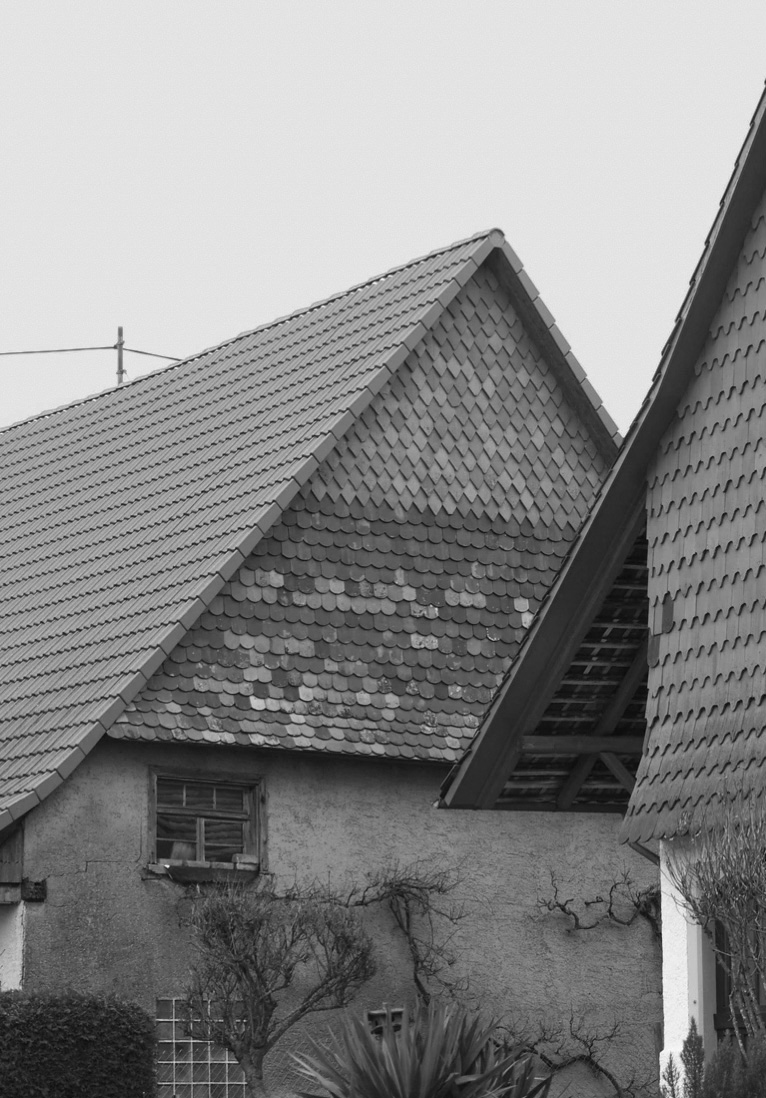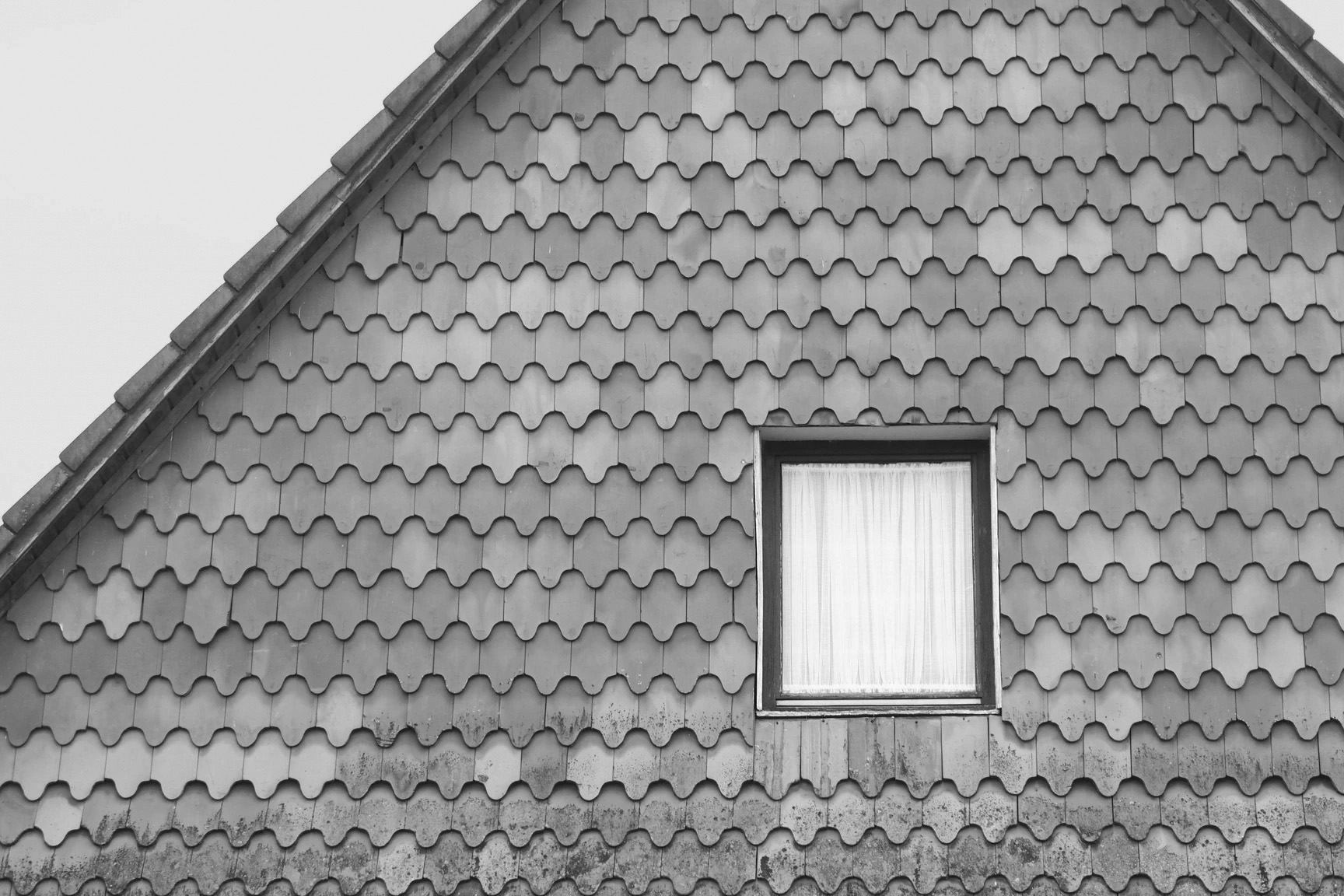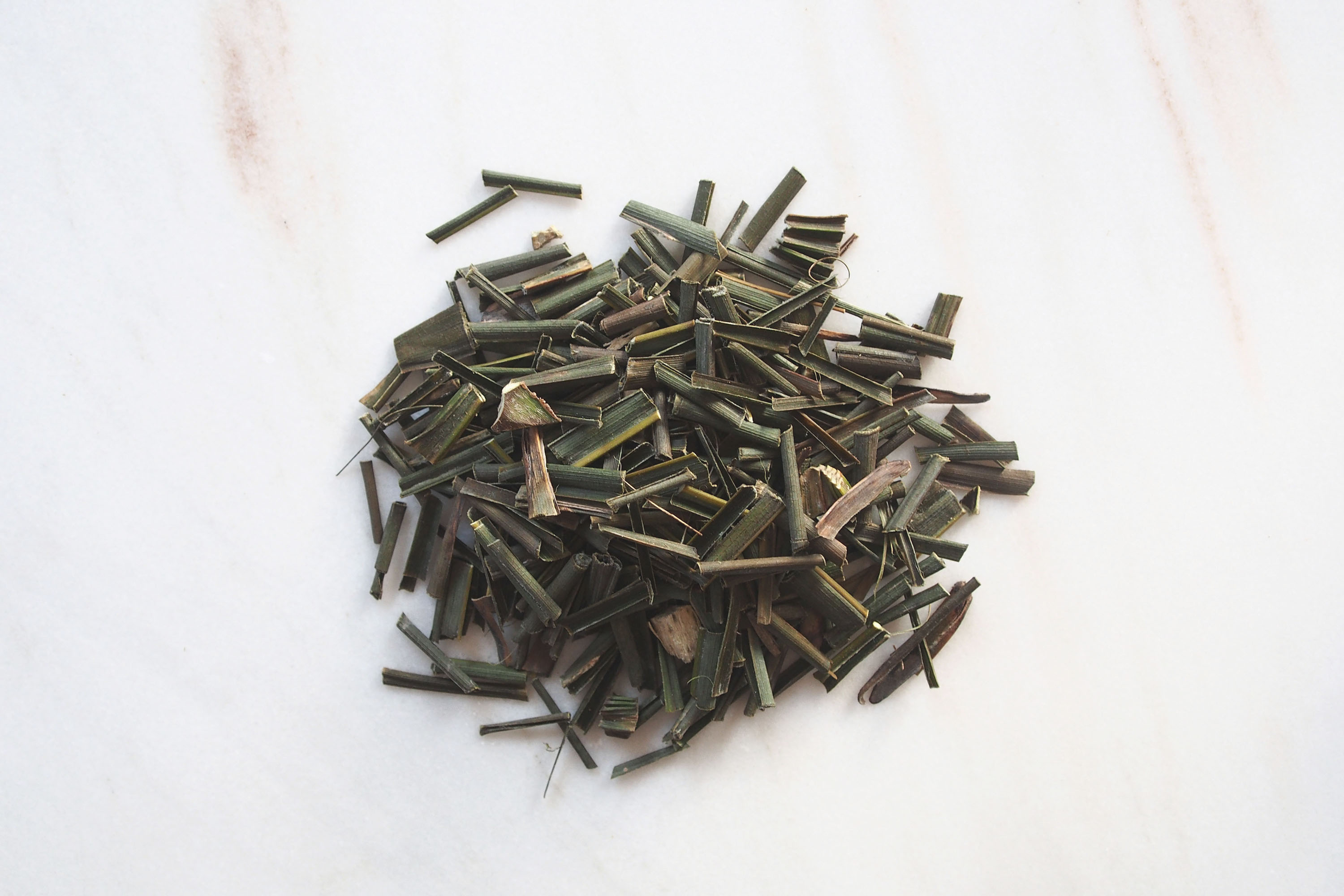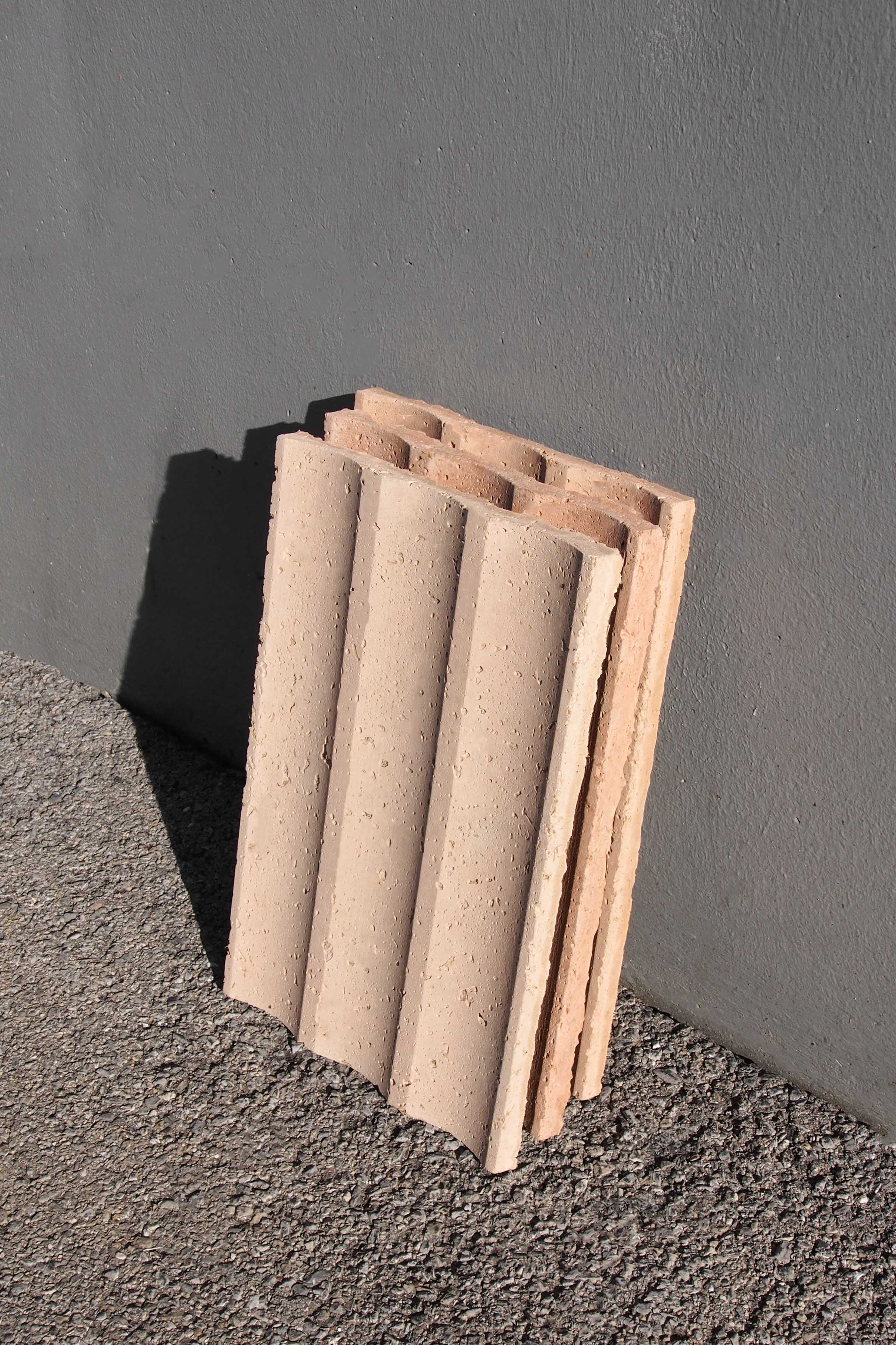Wasted Treasure
Due to the high demand for palm products like fruits and oil, every year there is accumulating tons of biomass consisting of palm leaves, stems and empty fruit brunches. This wasted fibrous material is used for architectural materials that could be produced at the cultivation area of the palm trees, while taking advantage of the discovered properties of the material, like water- and fire-resistance, high stability and insulation. In this way, the wasted material is re-considered as an architectural material, adding value to an otherwise wasted resource, turning it from a waste management problem into a valued product.
![]()
“Dating back thousands of years, the date palm has multiple layers as both a seemingly endless resource and a mirror to our own needs as a civilization. While the date palm has traditionally been used as an indigenous architectural material, it also has a footing in our instinctive desire for product design. We eat, we shelter and we make.“ – Samuel Barclay
![]()
![]()
![]()
![]()
What can we continue to make from our ancient knowledge of the palm, and how can we refresh its value as a natural material in a contemporary context? The research journeyed through different regions, observing different types and patterns of shingle layed houses, to take inspiration for designing the shape of the rooftop tiles. Another charming aspect of using shingles is the ageing and change of colour throughout time.
![]()
![]()
A new material is created by shredding and drying the leftovers from the palm tree, to be later on used as reinforcement. Mixed with a mortar based on limestone, it creates a new, rigid building material, offering a more sustainable option for the building materials commonly used. For different colour options, the material can be mixed with grinded bricks, leftover from construction sides.
![]()
![]()
![]()
![]()
![]()
![]()
![]()
Contributors
SUPERVISION Tomás Alonso↗
Context
Project developed at ecal↗
Awards
Pure Talents Contest↗ Winner, 2024
Due to the high demand for palm products like fruits and oil, every year there is accumulating tons of biomass consisting of palm leaves, stems and empty fruit brunches. This wasted fibrous material is used for architectural materials that could be produced at the cultivation area of the palm trees, while taking advantage of the discovered properties of the material, like water- and fire-resistance, high stability and insulation. In this way, the wasted material is re-considered as an architectural material, adding value to an otherwise wasted resource, turning it from a waste management problem into a valued product.

“Dating back thousands of years, the date palm has multiple layers as both a seemingly endless resource and a mirror to our own needs as a civilization. While the date palm has traditionally been used as an indigenous architectural material, it also has a footing in our instinctive desire for product design. We eat, we shelter and we make.“ – Samuel Barclay




What can we continue to make from our ancient knowledge of the palm, and how can we refresh its value as a natural material in a contemporary context? The research journeyed through different regions, observing different types and patterns of shingle layed houses, to take inspiration for designing the shape of the rooftop tiles. Another charming aspect of using shingles is the ageing and change of colour throughout time.


A new material is created by shredding and drying the leftovers from the palm tree, to be later on used as reinforcement. Mixed with a mortar based on limestone, it creates a new, rigid building material, offering a more sustainable option for the building materials commonly used. For different colour options, the material can be mixed with grinded bricks, leftover from construction sides.







Contributors
SUPERVISION Tomás Alonso↗
Context
Project developed at ecal↗
Awards
Pure Talents Contest↗ Winner, 2024